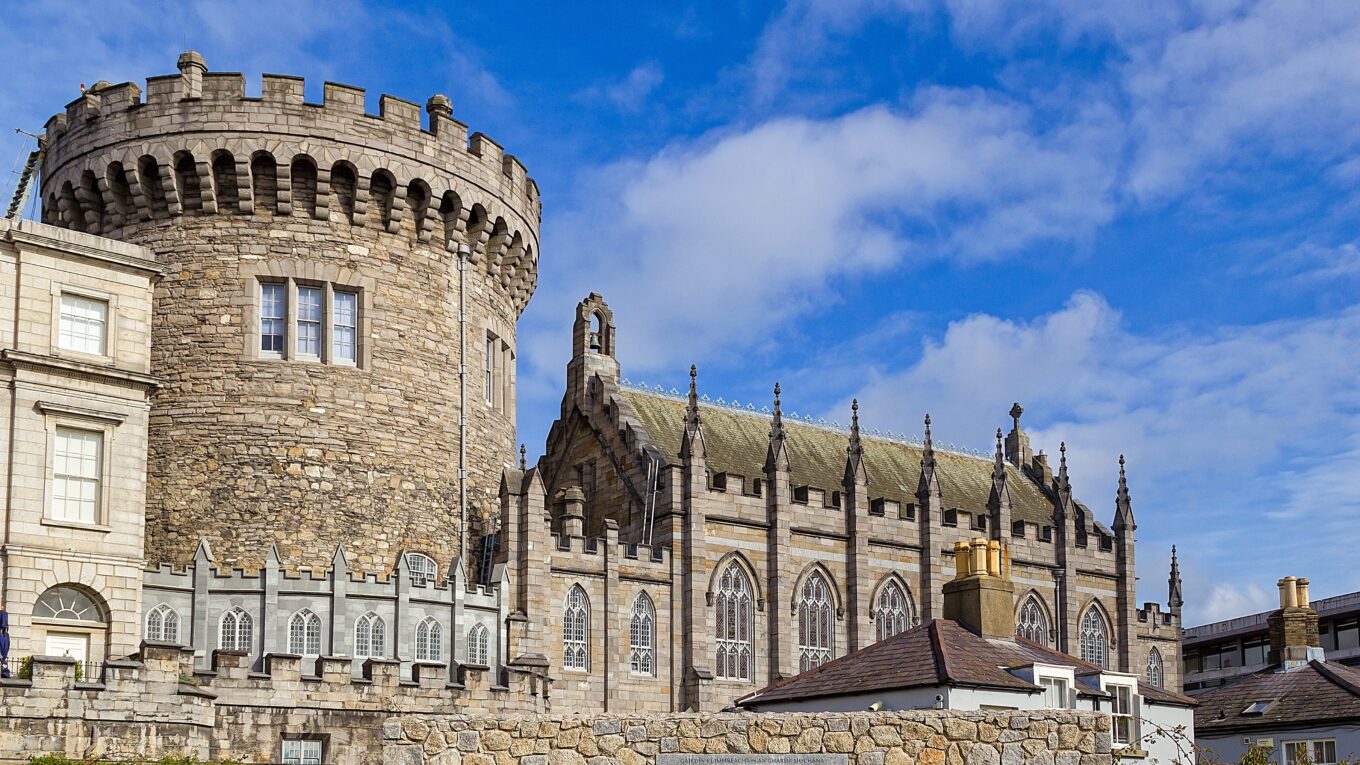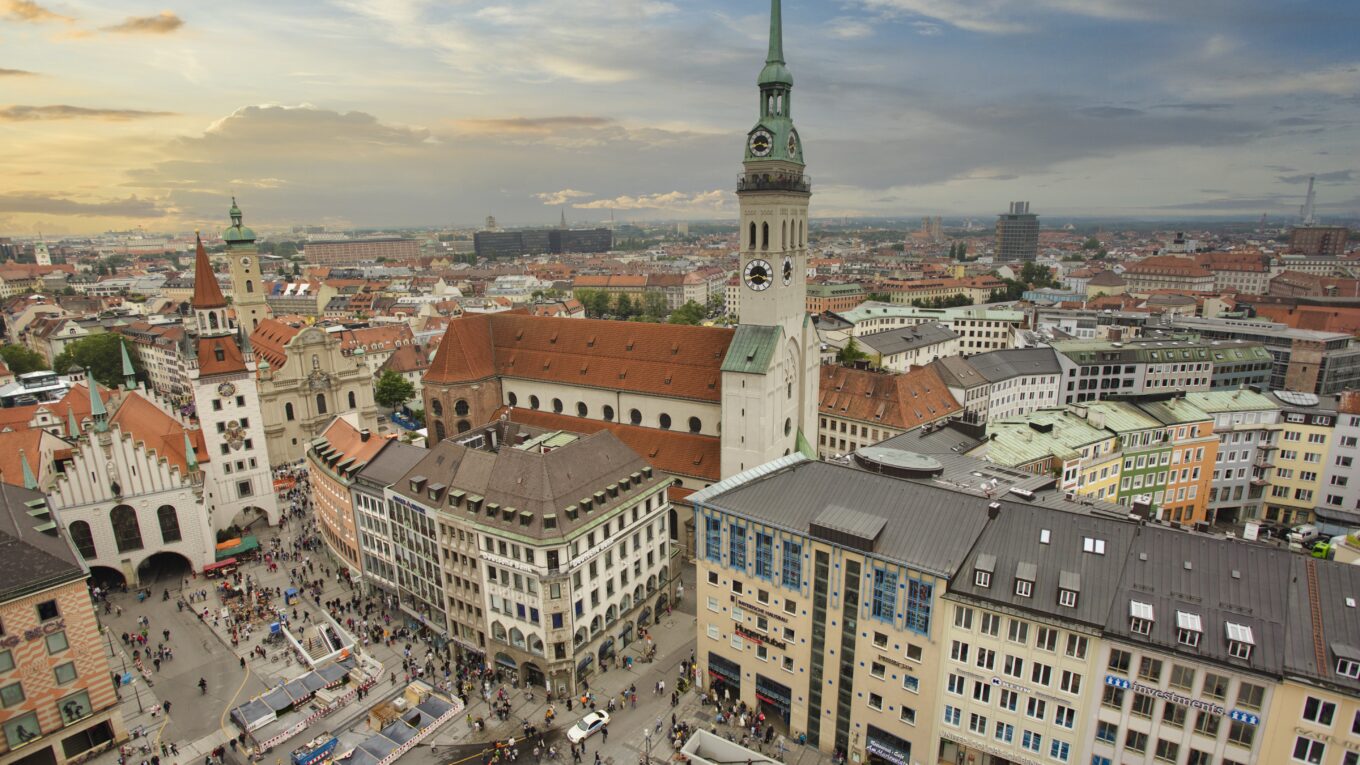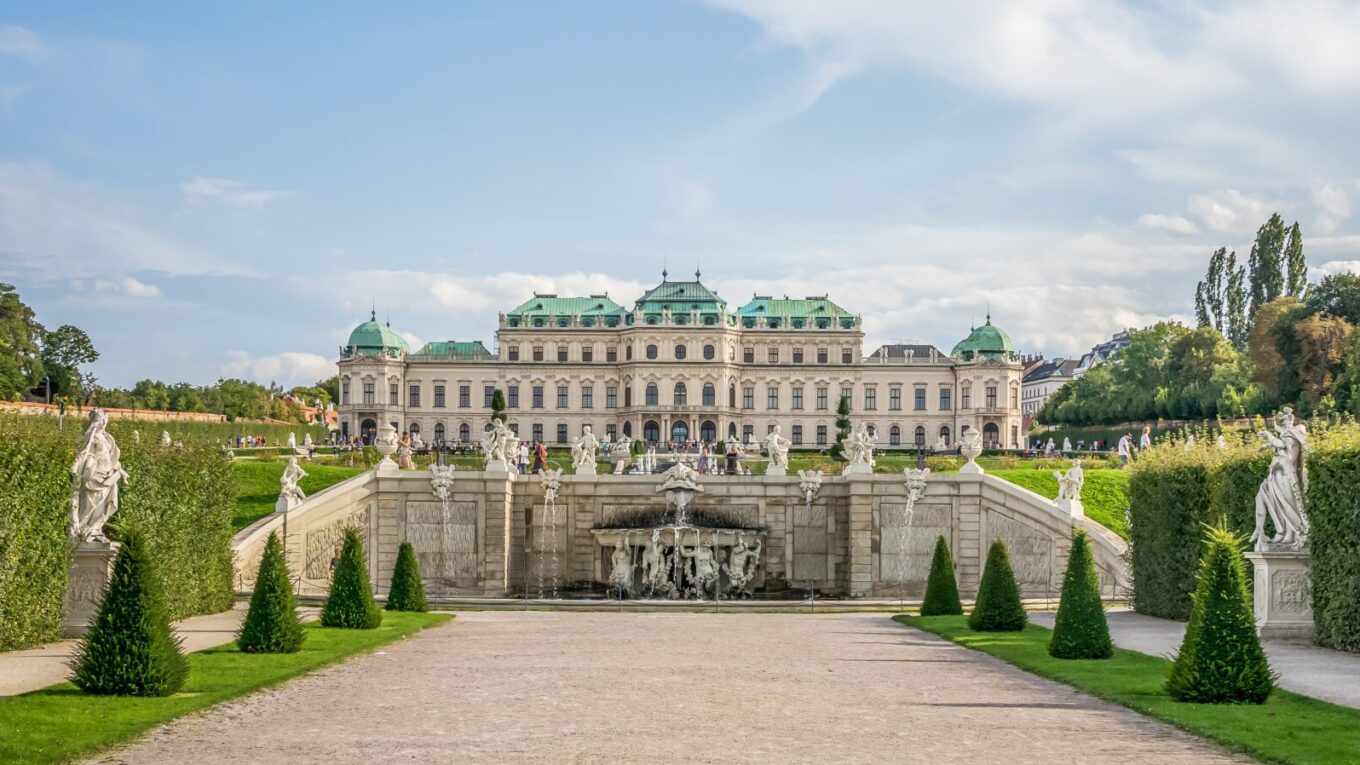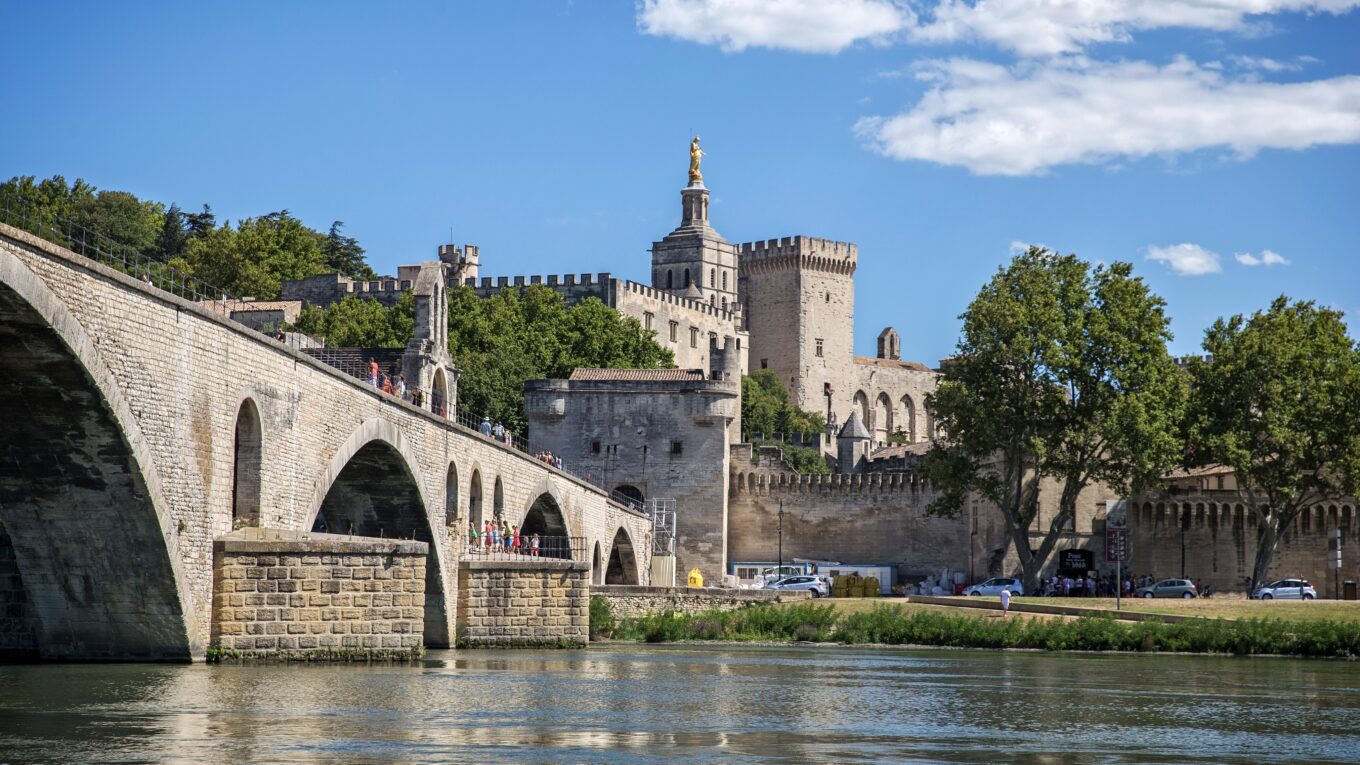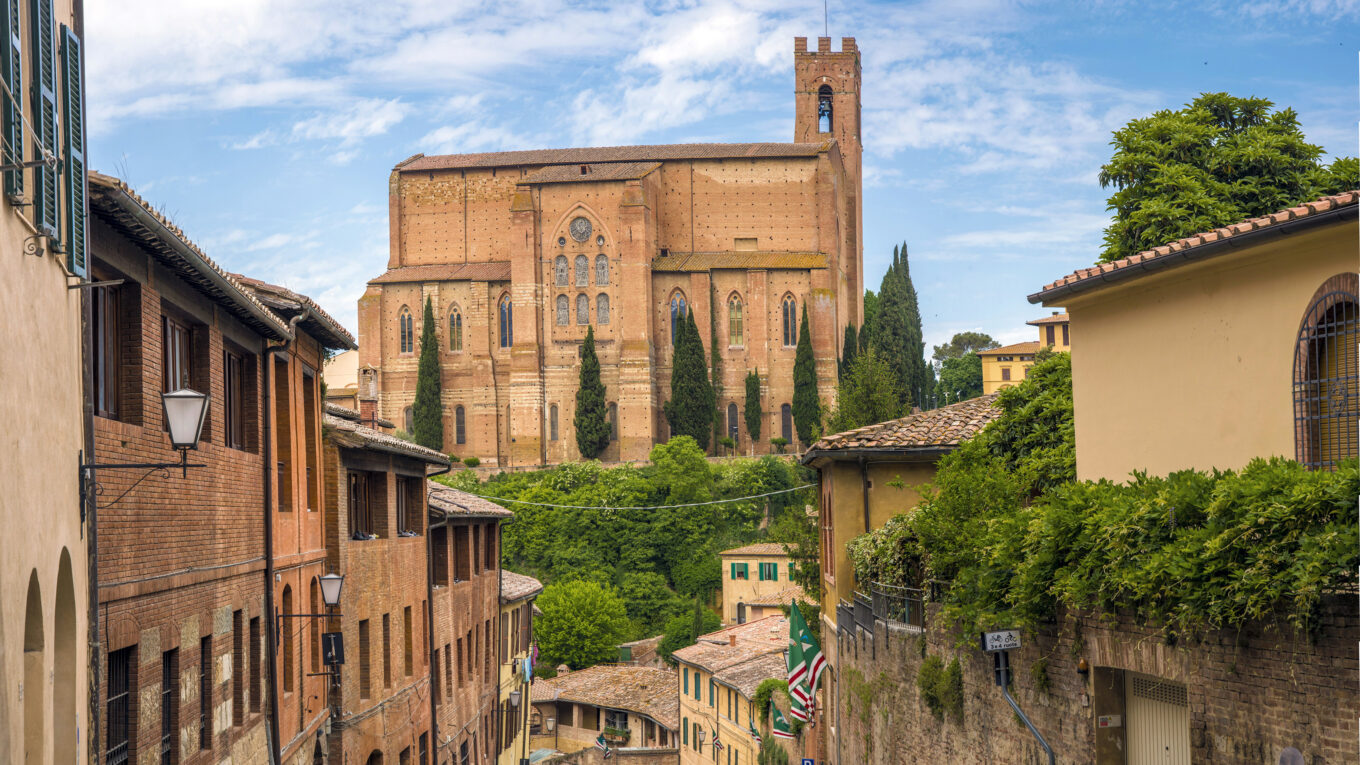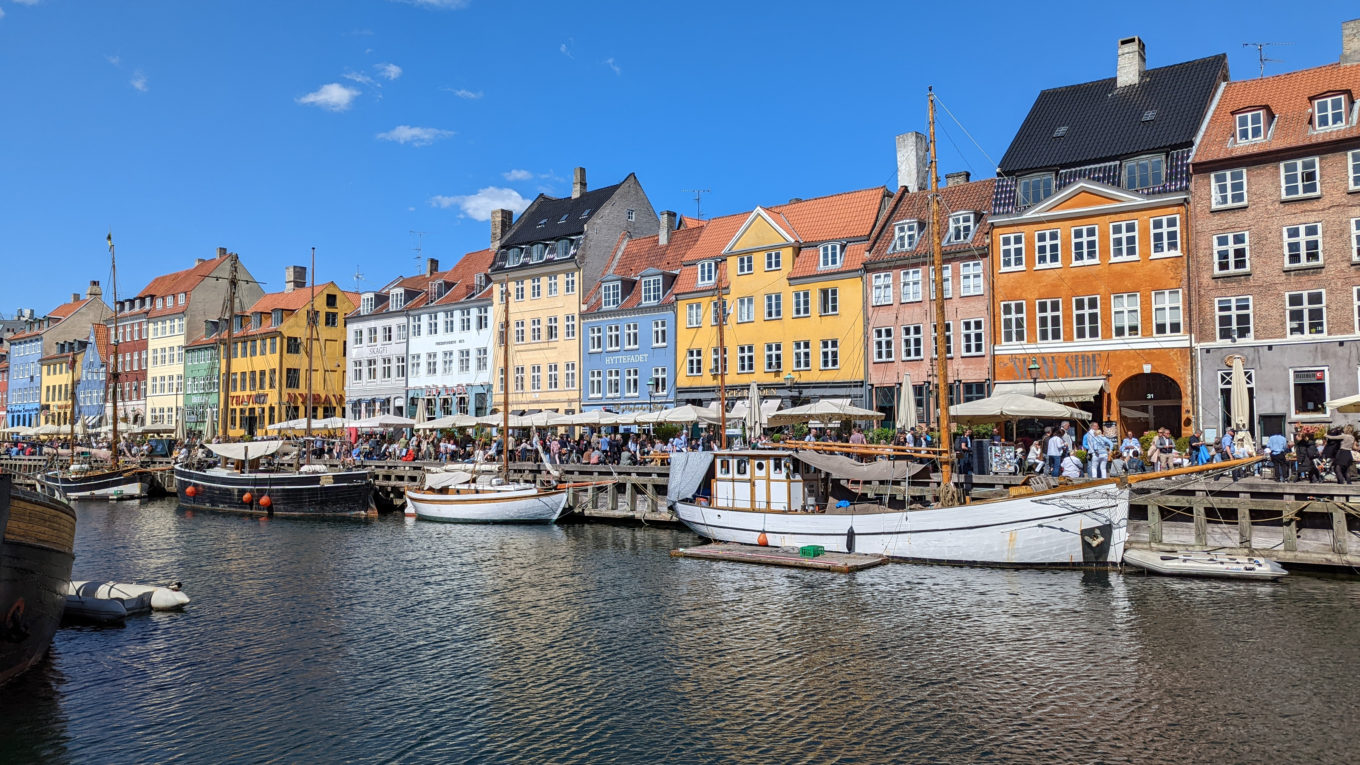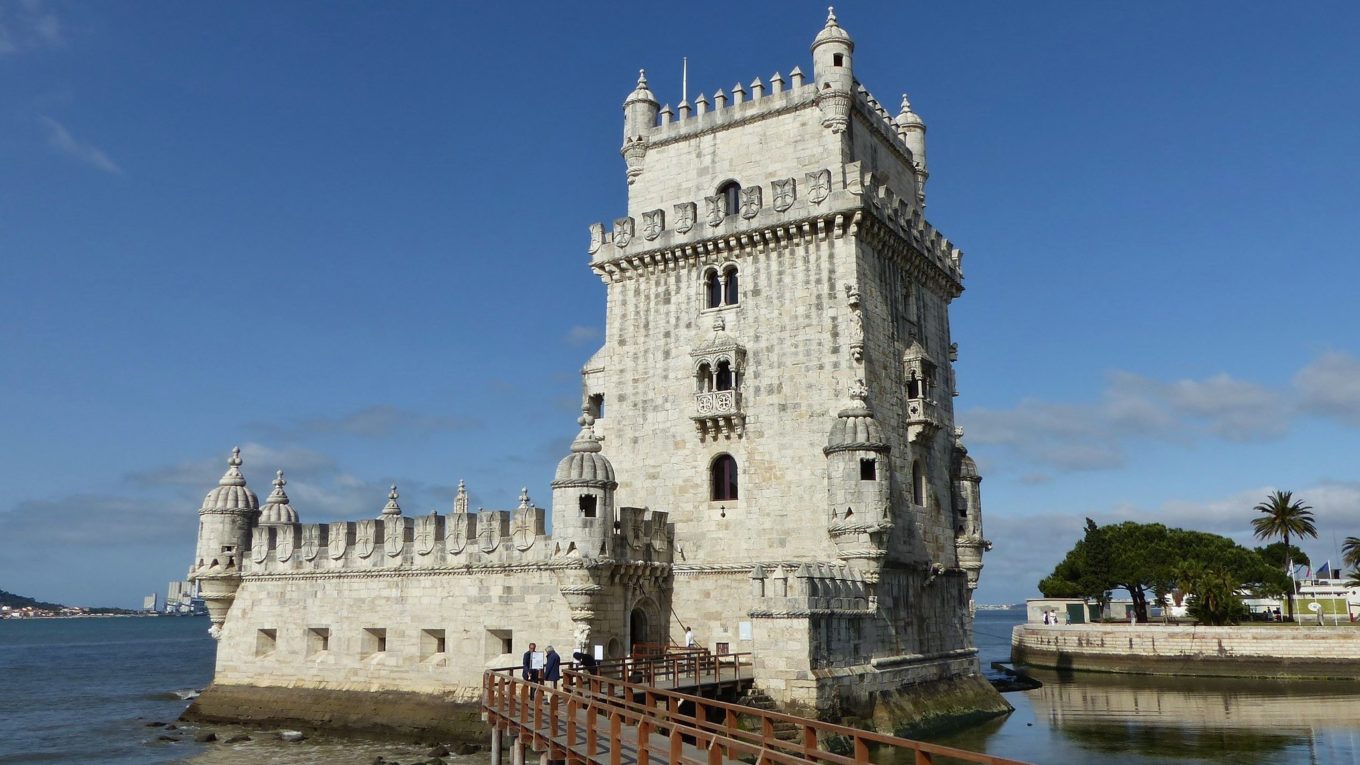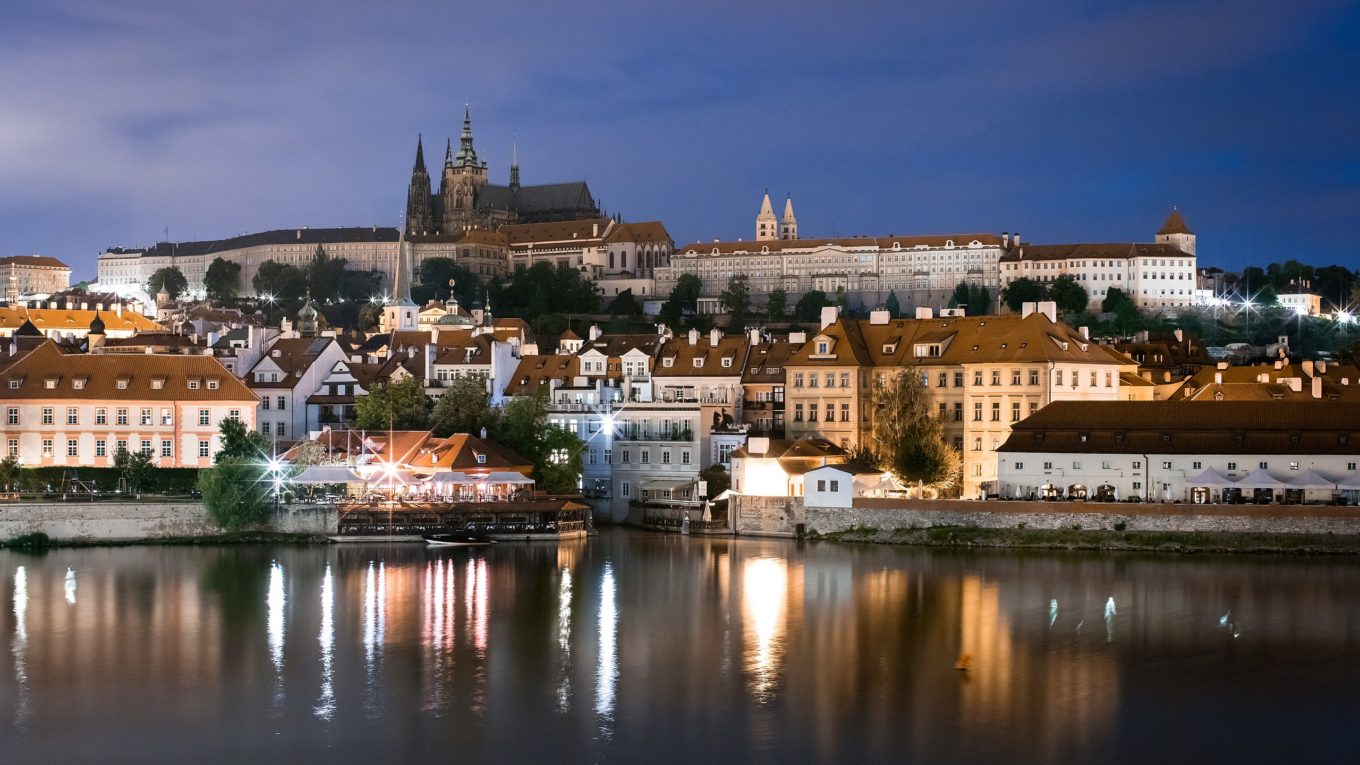Architecture of Dublin, Ireland
Dublin is an incredible city filled with many impressive works of architecture. Dublin has several notable Gothic and Romanesque buildings, dating back to the early Anglo-Norman period. The city also contains lots of 18th & 19th century buildings, dating from when Dublin was one of the most populous cities in the British Empire. After centuries of outside rule, Ireland gained its independence in 1921, and Dublin became the nation’s capital. Today, it is a bustling modern metropolis, filled with countless bars, restaurants, museums, and monuments.
Read More